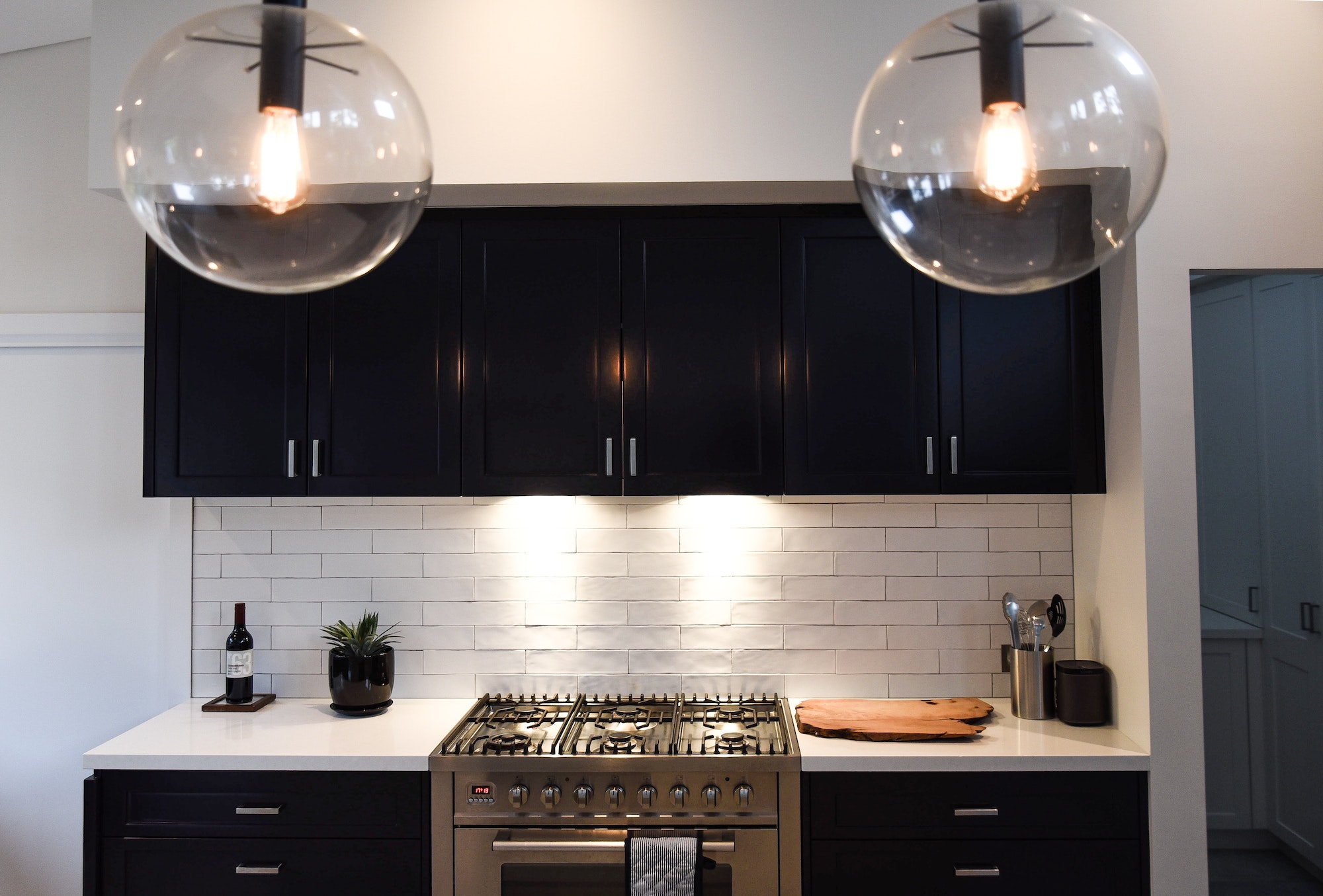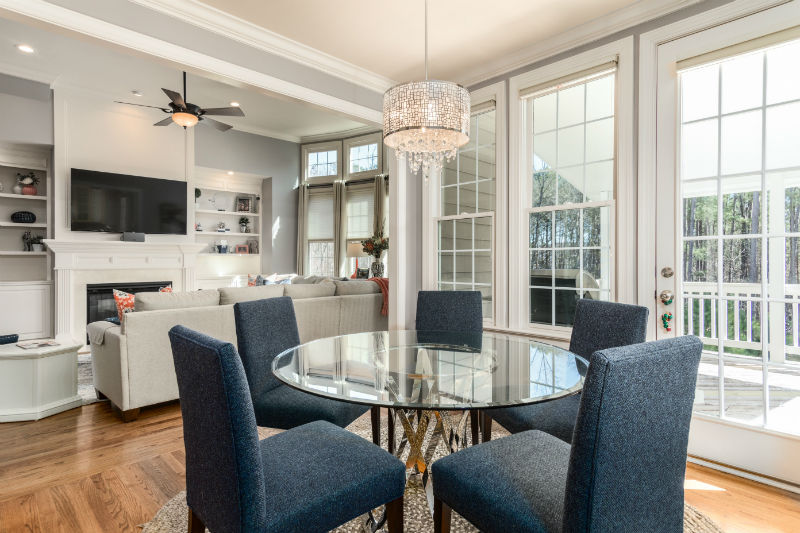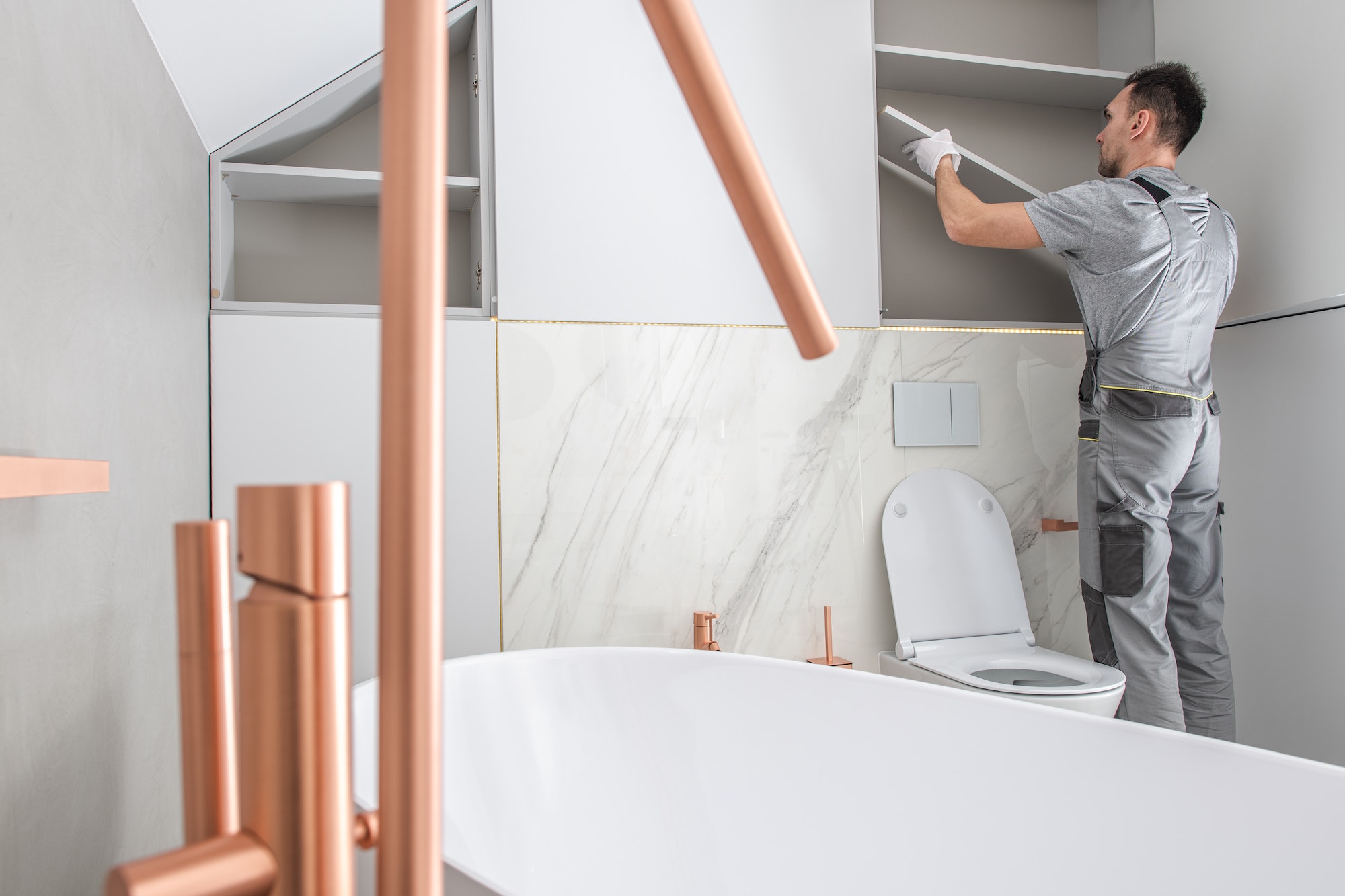A well-lit space can evoke a sense of warmth, elegance, and functionality. Choosing the right lighting for every room in your home is essential to create a welcoming atmosphere and enhance the overall design. Lighting serves a practical purpose, but it also has the power to transform the mood and aesthetics of a space. With so many options available, making the right decision can be overwhelming. This comprehensive guide will help you navigate the world of lighting and provide valuable insights on selecting the best lights for your home.
- 1 Understanding the different types of lighting
- 2 Finding the perfect balance of lumens and watts
- 3 Illuminating your living room
- 4 Designing a well-lit kitchen
- 5 Achieving a cozy bedroom atmosphere
- 6 Enhancing your bathroom with proper lighting
- 7 Brightening up your dining room
- 8 Adapting your lighting for versatile spaces
- 9 Creating a cohesive lighting plan for your home
Understanding the different types of lighting
Before delving into the specifics of room lighting, it’s crucial to understand the three main types of lighting: ambient, task, and accent. Each serves a different purpose and, when combined, can create a harmonious and well-lit space.
Ambient lighting
Ambient lighting, also known as general lighting, provides the overall illumination of a room. It’s the foundation of any lighting plan and sets the tone for your space. Ambient lighting can be achieved through ceiling-mounted fixtures, recessed lighting, and floor lamps.
Task lighting
Task lighting focuses on specific areas where you perform tasks that require more concentrated light, such as reading, cooking, or working at a desk. Examples of task lighting include table lamps, under-cabinet lights, and adjustable floor lamps.
Accent lighting
Accent lighting highlights specific elements in your space, such as artwork, architectural features, or plants. It adds depth and dimension to a room, creating visual interest. Wall sconces, track lighting, and spotlights are common accent lighting fixtures.
Finding the perfect balance of lumens and watts
When selecting lighting for your home, it’s essential to consider the brightness of the bulbs, measured in lumens, and the energy consumption, measured in watts. Choosing the right balance of lumens and watts is crucial for energy efficiency and achieving the desired level of brightness in your space.
For ambient lighting, aim for a range of 10-20 lumens per square foot in living spaces and bedrooms, and 20-30 lumens per square foot in kitchens and bathrooms. Task and accent lighting should be brighter, with at least 300-400 lumens for focused activities.
When selecting bulbs, opt for energy-efficient options such as LEDs or CFLs. These bulbs provide more lumens per watt, using less energy and lasting longer than traditional incandescent bulbs.
Illuminating your living room
The living room is often the central hub of your home, a space for relaxation and socializing. It’s essential to create a comfortable and inviting atmosphere by combining ambient, task, and accent lighting.
Start with ambient lighting through ceiling fixtures, chandeliers, or flush mounts. Ensure the room has a sufficient amount of general illumination to create a warm, welcoming environment.
Next, incorporate task lighting for specific activities, such as reading or watching television. Table lamps, floor lamps, or wall-mounted fixtures can provide focused light while also adding a decorative touch.
Finally, use accent lighting to highlight architectural features, artwork, or other design elements. Wall sconces, track lighting, or spotlights can create visual interest and showcase your unique style.
Designing a well-lit kitchen
As the heart of your home, the kitchen requires a combination of ambient, task, and accent lighting to create a functional and stylish space.
Begin with ambient lighting, using recessed ceiling fixtures or flush mounts to provide even illumination throughout the room. This foundation of light is essential for preparing meals and navigating the space safely.
Task lighting is crucial in a kitchen, as it ensures proper visibility for cooking, cleaning, and prepping. Under-cabinet lighting, pendant lights over an island or sink, and adjustable spotlights can provide focused light where it’s needed most.
Lastly, incorporate accent lighting to highlight design details or add a decorative touch. Display lights for glass-front cabinets or toe-kick lighting beneath base cabinets can enhance the overall design and ambiance of your kitchen.
Achieving a cozy bedroom atmosphere
The bedroom is a sanctuary for relaxation and rest, and the lighting should reflect this. Achieve a cozy atmosphere by combining soft ambient lighting, task lighting for reading or other activities, and accent lighting to create visual interest.
Start with ambient lighting using a ceiling fixture, flush mount, or floor lamp to provide a gentle, calming illumination throughout the room.
Incorporate task lighting with table lamps or wall-mounted reading lights on either side of the bed. This focused light is essential for bedtime reading, writing, or other tasks that require more concentrated illumination.
Lastly, use accent lighting to highlight architectural features, artwork, or decorative elements within the room. Wall sconces, track lighting, or spotlights can add depth and dimension to your bedroom design.
Enhancing your bathroom with proper lighting
Bathroom lighting should be functional, stylish, and safe, as it’s an area where water and electricity come into close contact. Combining ambient lighting, task lighting for grooming, and accent lighting for design will create a well-lit and comfortable space.
Ambient lighting is crucial for overall illumination in the bathroom. Recessed ceiling fixtures, flush mounts, or vanity lights can create a bright and welcoming environment.
Task lighting is essential for grooming activities, such as shaving or applying makeup. Use wall-mounted sconces or vanity lights on either side of your mirror to provide even, shadow-free illumination.
Finally, accent lighting can enhance the design of your bathroom and create a spa-like atmosphere. Use wall sconces, spotlights, or LED strip lights to highlight architectural features, artwork, or other decorative elements.
Brightening up your dining room
The dining room is a space where family and friends gather for meals and special occasions. The right lighting can create a warm and inviting atmosphere, combining ambient lighting, task lighting, and accent lighting to enhance your dining experience.
Start with ambient lighting to set the tone of the dining room. This can be achieved with a chandelier or pendant light hanging above the dining table, providing sufficient general illumination.
Next, incorporate task lighting to ensure proper visibility while dining. This can include wall sconces or table lamps placed on a sideboard or console table, offering additional light for serving and eating.
Lastly, add accent lighting to highlight artwork, architectural features, or other decorative elements within the dining room. Track lighting or spotlights can create visual interest and elevate your room’s overall design.
Adapting your lighting for versatile spaces
Many homes have versatile spaces that serve multiple purposes, such as a home office, playroom, or craft area. These multifunctional spaces require a flexible lighting plan that can accommodate various activities and moods.
First, establish a foundation of ambient lighting with ceiling-mounted fixtures, recessed lighting, or floor lamps. This will provide a comfortable level of general illumination for any activity.
Next, incorporate adjustable task lighting for focused activities, such as working at a desk or crafting. Desk lamps, floor lamps with adjustable arms, or pendant lights on a dimmer switch can offer targeted light when needed.
Finally, use accent lighting to define and personalize your space. Wall sconces, track lighting, or spotlights can showcase artwork, collections, or other unique elements in your versatile room.
Creating a cohesive lighting plan for your home
Choosing the right lighting for every room in your home is essential in creating a welcoming and functional environment. By understanding the different types of lighting – ambient, task, and accent – and considering the balance of lumens and watts, you can create a harmonious and well-lit space.
From the living room and kitchen to the bedroom and bathroom, each room requires a unique combination of lighting fixtures to serve its purpose and enhance the overall design. Additionally, versatile spaces can benefit from a flexible lighting plan that accommodates various activities and moods.
By following this comprehensive guide, you’ll be well-equipped to make informed decisions and transform the lighting in your home, elevating both the aesthetics and functionality of your space. With the right lighting plan, your home will be a comfortable, inviting, and beautifully illuminated haven for you and your loved ones.




